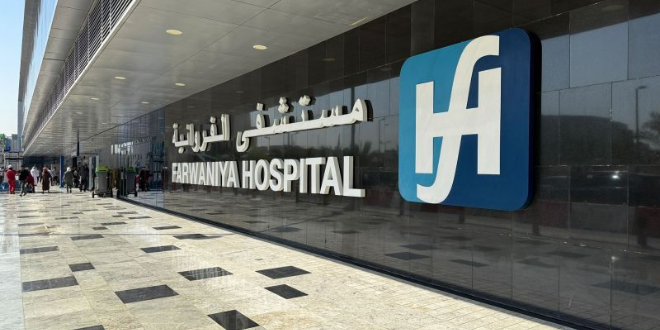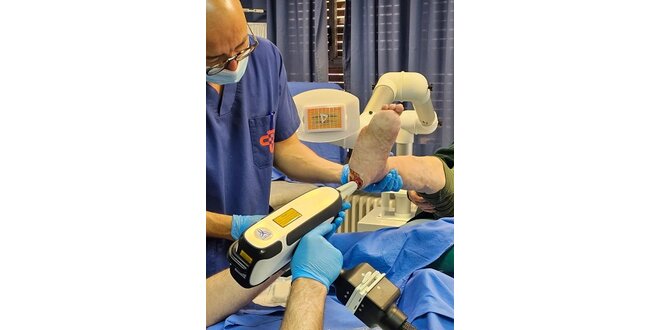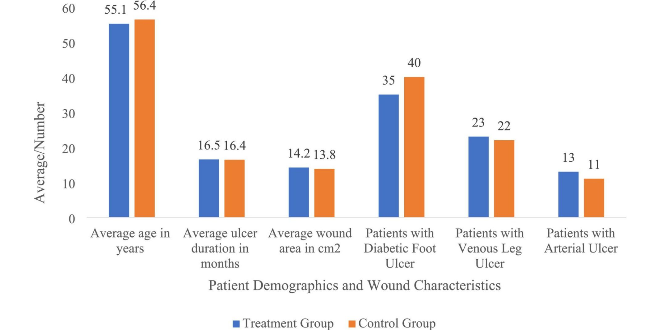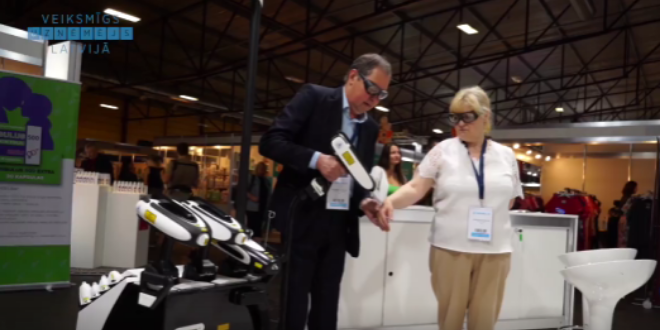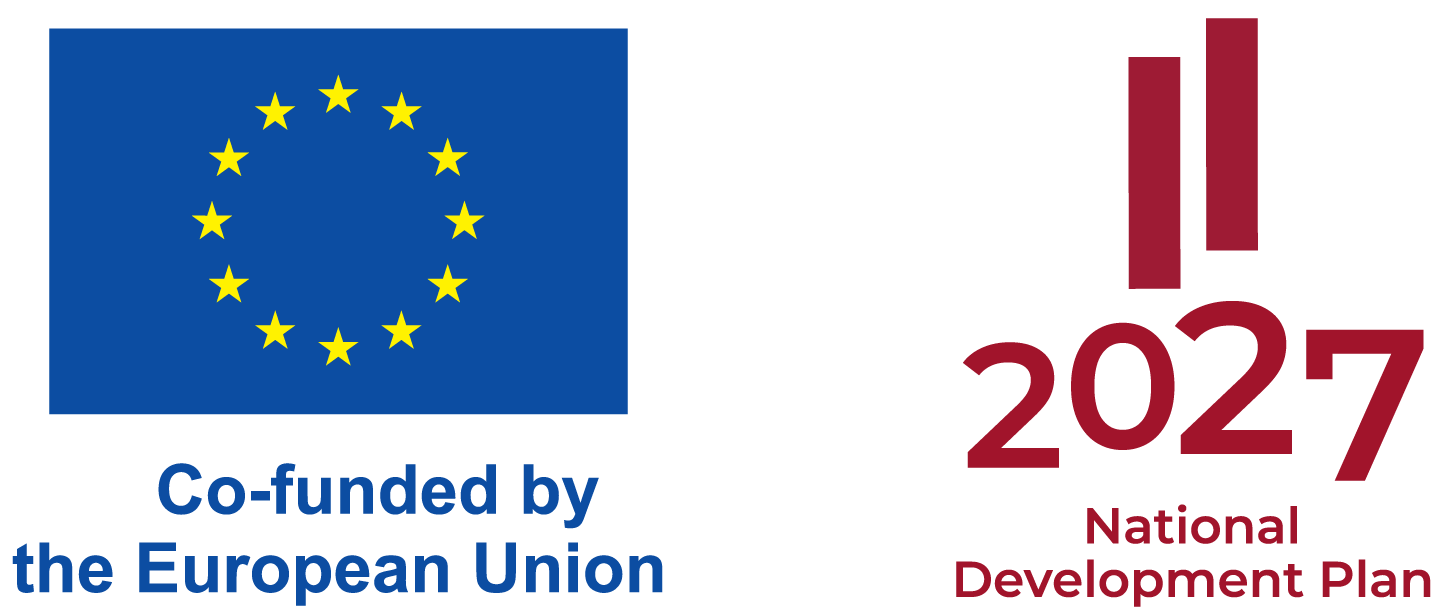Vascular Lesions Treatment (Target Creation Technology®)

Target Creation Technology® (TCT) is LINLINE’s transcutaneous method for treating dilated vessels—from facial telangiectasias and hemangiomas to leg spider veins—on the MULTILINE™ base unit with the Nd:YAP/KTP 1079/540 nm Q-switched emitter. TCT uses a two-wavelength, pulse-train sequence to build a selective “target” inside the vessel and then complete coagulation—while protecting the surrounding skin.
Why TCT is different
- Selectivity by design. Lasers can’t choose hemoglobin over melanin reliably by wavelength alone. TCT solves this by creating a new intravascular chromophore (the “target”) and then heating only that target, so energy goes to the vessel—not to other skin chromophores.
- Three actions in one sequence.
- Eliminate “false targets” — a gentle 1079 nm pre-pass creates slight tumescence that compresses superficial capillaries, reducing competitive hemoglobin.
- Create the target — 540 nm Q-sw pulses coagulate a thin blood layer at the vessel wall, forming a high-absorption “new chromophore.”
- Destroy the dilated vessel — 1079 nm Q-sw pulses now couple to the new chromophore and coagulate the whole lumen with minimal collateral heat.
- What you see on table. The correct endpoint is visible darkening of the vessel. Instant disappearance usually means blood was squeezed out, not coagulated. Frosting/whitening of the skin is a sign of excess energy and should be avoided.
- Skin-friendly workflow. The method has been used without routine skin cooling and with no scarring reported when parameters are respected.
What a session is like
- Sensation: a brief, warm tingling; cold air can be used for comfort.
- Immediately after: treated vessels look darker; surrounding skin may show mild redness for hours and light swelling (up to 24 h peri-orbital).
- Aftercare: avoid rubbing/trauma; no saunas/steam/hot baths for 7 days. Avoid direct sun/solarium for 14 days and use SPF to limit PIH risk.
Practitioner essentials
- Emitter & wavelengths: Nd:YAP/KTP (1079/540 nm), Q-switched pulse trains on MULTILINE™.
- Pulse logic: Pre-tumescence at 1079 nm → target formation at 540 nm → target-selective coagulation at 1079 nm. Multiphoton threshold and inter-pulse gaps are tuned to minimize melanin load.
Indications & areas
- Facial telangiectasias, rosacea networks, hemangiomas.
- Leg spider veins (telangiectasias/reticular).
- Not for varicose vein disease: treat surgically/endovenously first; TCT can address residual telangiectasias after.
Safety & contraindications
- Tanned skin caution: melanin competes with hemoglobin; raising energy to “push through” increases PIH/complication risk—better to time/adjust correctly and follow sun restrictions.
- Do not stack pulses on the same spot and don’t exceed the recommended frequency (≤ 3 Hz face/hemangiomas; ≈ 1 Hz legs). Excess heat raises complication risk without improving coagulation.
- Endpoint discipline: darkening yes; frosting no.
How TCT compares
| Challenge in vascular treatment | Conventional approach | TCT solution |
Melanin competes with hemoglobin → skin heating
| Choose a “better” wavelength (still melanin-loaded) | Create a new chromophore in the vessel, then heat only that (two-wavelength sequence).
|
Different vessel sizes/depths
| One pulse width can’t fit all → over/under-treatment
| Q-switched pulse trains with staged actions adapt across sizes and depths.
|
“Disappeared” vessel in session but returns
| Blood squeezed out, not coagulated | Endpoint = darkening, not disappearance; follow frequency/energy rules.
|
Benefits at a glance
For patients
- Effective on a wide range of vessels (face & body) with minimal skin trauma.
- Natural skin tone preserved; protocol and sun care minimize PIH risk.
- Comfortable: warm tingling; quick return to routine.
For practitioners
- True selectivity via target creation—not wavelength alone.
- Clear, reproducible endpoints (darkening) and program-guided frequency.
- Platform simplicity: run TCT on the MULTILINE™ base unit with the Nd:YAP/KTP 1079/540 nm emitter; stable output and presets support consistent results.
Key takeaway
TCT treats vascular lesions by building a selective target inside the vessel and then coagulating it—delivering results across many vessel sizes with skin-sparing precision, clear endpoints, and a platform workflow clinicians can standardize.





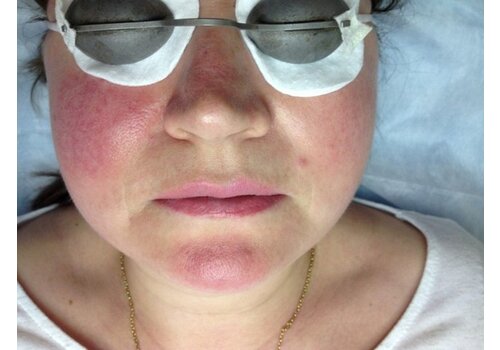
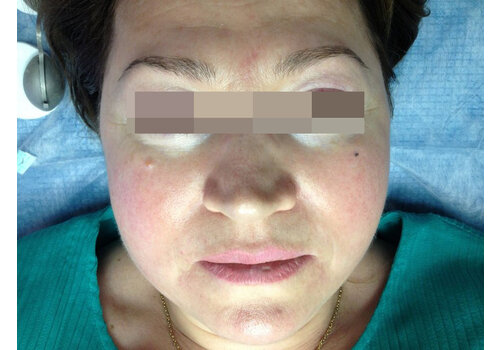
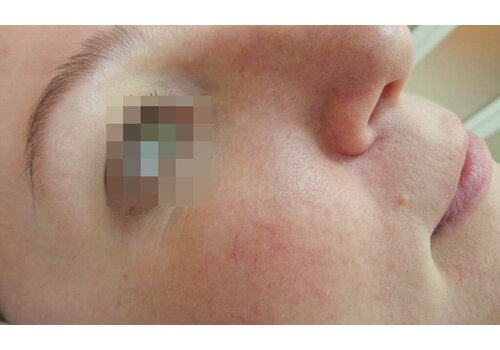
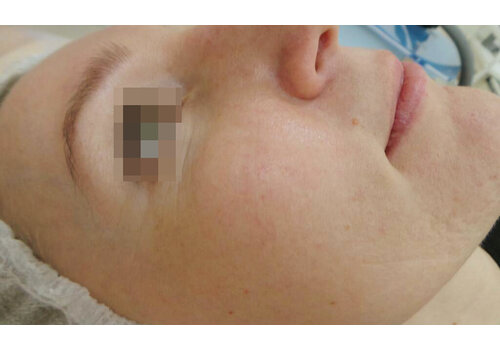
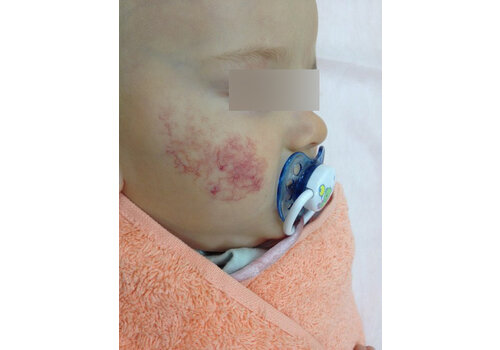
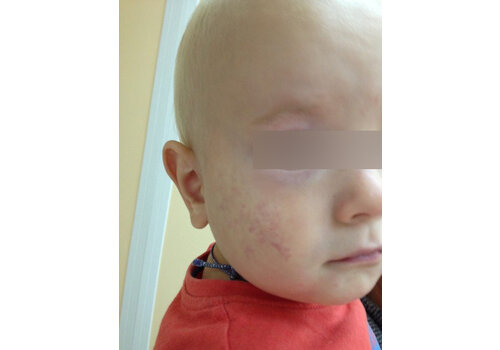
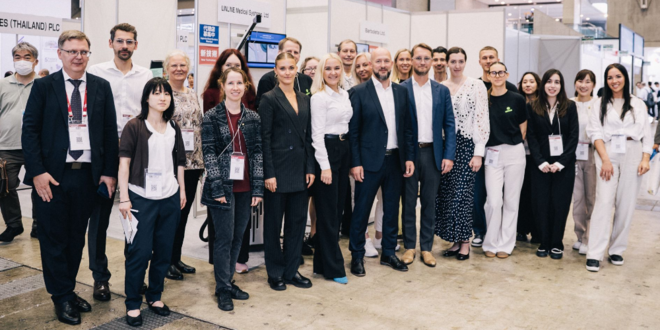
 06.10.2025
06.10.2025